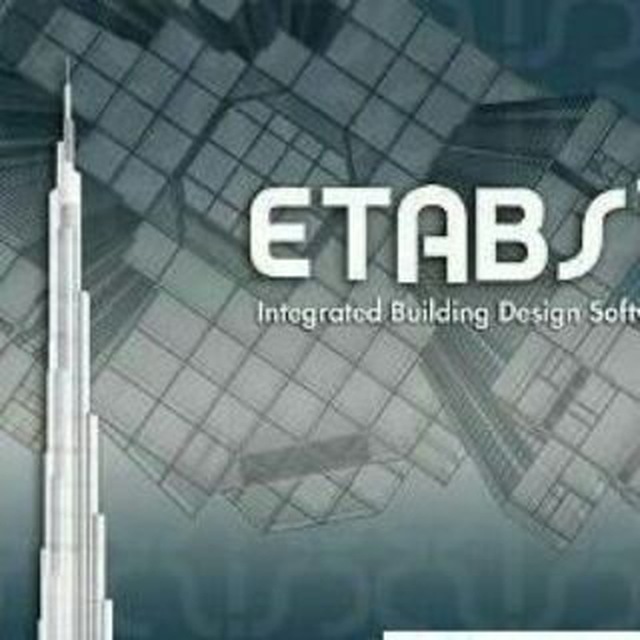#Steel_diaphragm_in_ceilings:
Diaphragm is the roof of the structure (floor). The diaphragm has the task of transferring the lateral loads of the structure to the vertical bearing elements (columns). Diaphragms have a high hardness (in their plane) and therefore, due to this high hardness, the lateral position change of all the nodes that are located in the same diaphragm are equal and therefore do not change relative to each other, and this causes the beams of bending frames Axial force should not be created, and as you know, beams are not designed for axial force.
Diaphragm (axial rigidity of roofs) or rigid floor hypothesis is a computationally simplifying hypothesis, which means that the roof cannot sink (expansion and contraction), but it bends, or in other words, it has axial rigidity. The advantage of this assumption is that it is easy to use the theorem of parallel springs to calculate the internal forces of each member connected to the roof.
The rigid diaphragm in etabs restricts only the horizontal movement and the bending and shear deformation of the beams will be free. And the software takes into account the shear and bending stiffness of the beams.
We usually consider all diaphragms as rigid, but we do not actually control it to make sure that the diaphragm is really rigid or not, so it is better to control the rigidity of the diaphragm to make sure that it is rigid.
If you have thermal loading, the rigid diaphragm must be removed. If you do not remove the diaphragm, the structure will not be able to expand horizontally and the analysis results will be incorrect. For a better understanding of the topic, it is better to observe the deformation of the structure under the effect of thermal load (once with the diaphragm and once without the diaphragm).
The etabs software in the composite roof takes into account the hardness inside the floor plate and there is no need to define the diaphragm. Of course, in some cases, we are forced to do this definition, for example, you may want to manually apply the earthquake force at the center of mass of the floors, in which case, by defining the aperture, the software creates a virtual node at the center of mass of the floor. which you can use to apply earthquake force. Or, for example, if the diaphragm is defined, it will be easier to calculate and control the drift of floors.
In the past, when it was not possible to properly define the roof in the software, it was roughly assumed that the roof of the structure acts rigidly and in order to be able to apply the earthquake force of the floor to the center of mass, it was assumed to be rigid. But now, with the increase of software possibilities and in order to increase the accuracy, it is better to model the roof of the structure with its real hardness and not make the roof rigid (don’t define a rigid diaphragm).
In industrial buildings or sheds, considering that the type of roof covering is such that it cannot be considered rigid, in the 3D modeling of the entire building in SAP or Etabs software, it is possible to distribute the lateral force between the building frames. Without defining the diaphragm for the floors, the earthquake force was applied to the entire structure, in which case the software distributes the earthquake force to all nodes of the structure in proportion to their mass (which the software calculates the mass share).
There are two solutions for assigning rigid aperture to floors in etabs, or you have to select floors and then
From diaphragms>shell/area tool
or you should reselect all the nodes that are in the diaphragm and then use the diaphragms>joint/point command.
Existence of openings exceeding the permissible limit will not only reduce the rigidity of the floor diaphragm, but will also cause uneven twisting in the floor.
If a rigid diaphragm is defined in etabs, drift, overturning, floor weight and center of mass and stiffness can be seen in the center mass rigidity menu. If a rigid diaphragm is not defined, these outputs will not be received.
Membership:
https://t.me/CsiEtabs
This post is written by Azarshabakehco
